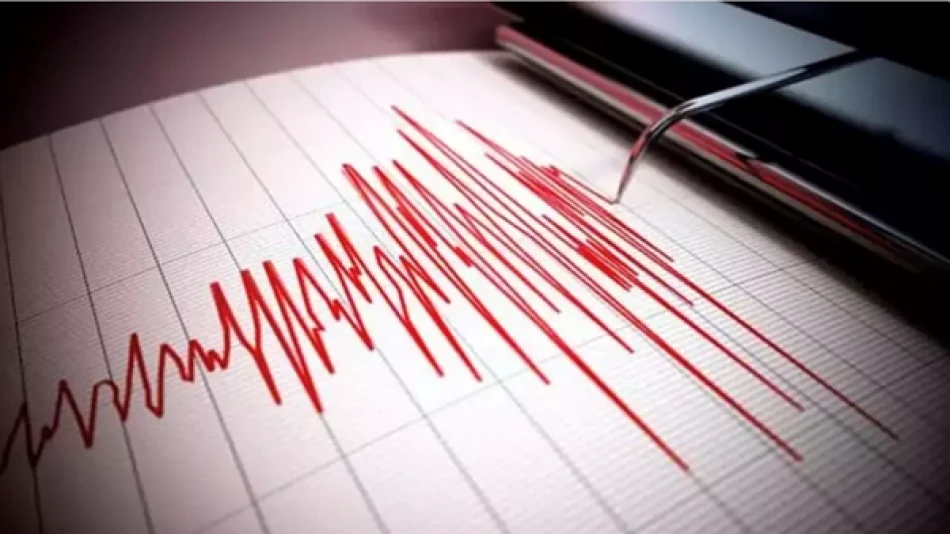
Powerful 5.7-Magnitude Earthquake Rocks Indonesian Region, Triggering Tremors and Raising Awareness
5.7 Magnitude Earthquake Strikes Indonesia's Seram Island, Highlighting Regional Seismic Vulnerability
A moderate earthquake measuring 5.7 on the Richter scale struck Seram Island in Indonesia on Wednesday, occurring at a relatively shallow depth of 10 kilometers according to the European-Mediterranean Seismological Centre. The tremor underscores Indonesia's position as one of the world's most seismically active regions, where millions live under constant threat from the volatile Ring of Fire.
Shallow Depth Amplifies Impact Potential
The earthquake's shallow depth of just 10 kilometers significantly increases its potential impact on surface structures and populations. Seismologists consider earthquakes occurring within 70 kilometers of the surface as shallow, but those within 10 kilometers pose heightened risks due to reduced energy dissipation through rock layers.
Seram Island, located in Indonesia's Maluku province, sits atop one of the most geologically complex regions on Earth. The area experiences frequent seismic activity due to the interaction of multiple tectonic plates, including the Indo-Australian, Eurasian, and Pacific plates.
Indonesia's Ongoing Battle with Seismic Risk
Ring of Fire Reality
This latest tremor reinforces Indonesia's precarious position along the Pacific Ring of Fire, where approximately 90% of the world's earthquakes occur. The archipelago nation experiences thousands of earthquakes annually, with most causing minimal damage but serving as constant reminders of the underlying geological instability.
The 2004 Indian Ocean tsunami, triggered by a 9.1 magnitude earthquake off Sumatra's coast, remains etched in global memory after killing over 230,000 people across 14 countries. More recently, the 2018 Sulawesi earthquake and tsunami claimed over 4,300 lives, demonstrating that Indonesia's seismic threats remain as potent as ever.
Economic and Infrastructure Implications
For Indonesia's economy, seismic activity presents ongoing challenges for infrastructure development and foreign investment. The government has invested heavily in early warning systems and building codes, but implementation across the sprawling archipelago of over 17,000 islands remains uneven.
International insurers and development agencies closely monitor seismic activity patterns in the region, as major earthquakes can disrupt global supply chains, particularly in palm oil, mining, and manufacturing sectors where Indonesia plays a crucial role.
Regional Preparedness in Focus
Unlike Japan, which has developed sophisticated earthquake preparedness infrastructure over decades, Indonesia continues to balance rapid economic development with disaster resilience. The country's early warning systems have improved significantly since 2004, but challenges remain in remote areas like Seram Island, where communication infrastructure and emergency response capabilities may be limited.
Wednesday's earthquake serves as another data point for seismologists studying the region's complex fault systems. While a 5.7 magnitude event typically causes moderate damage in populated areas, the actual impact depends heavily on local building standards, population density, and emergency response effectiveness—factors that vary dramatically across Indonesia's diverse landscape.
 Layla Al Mansoori
Layla Al Mansoori







